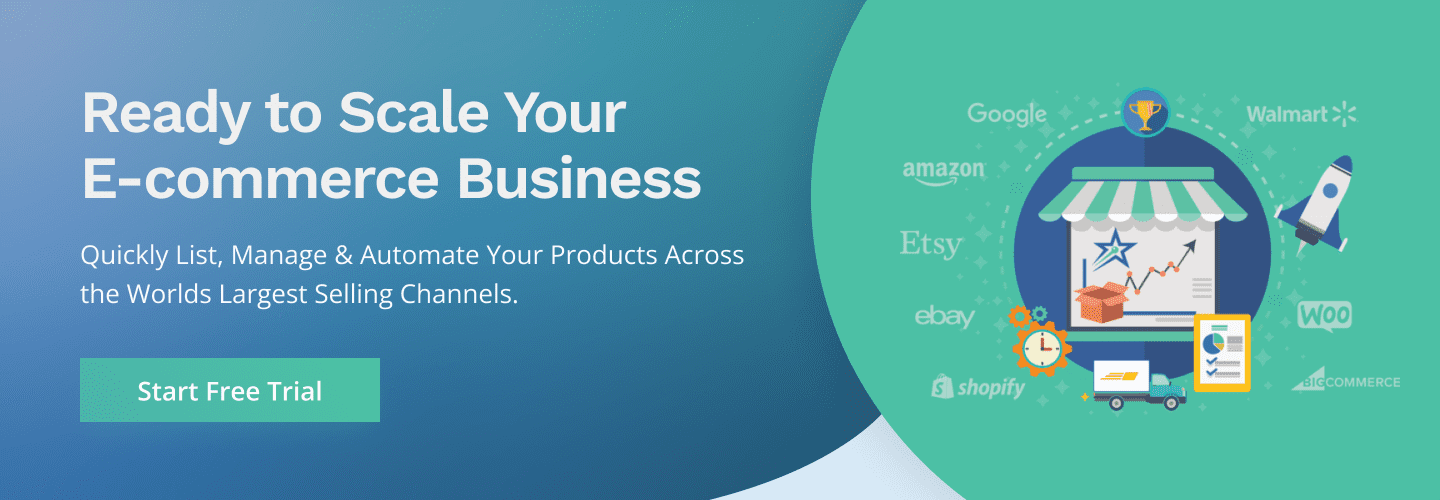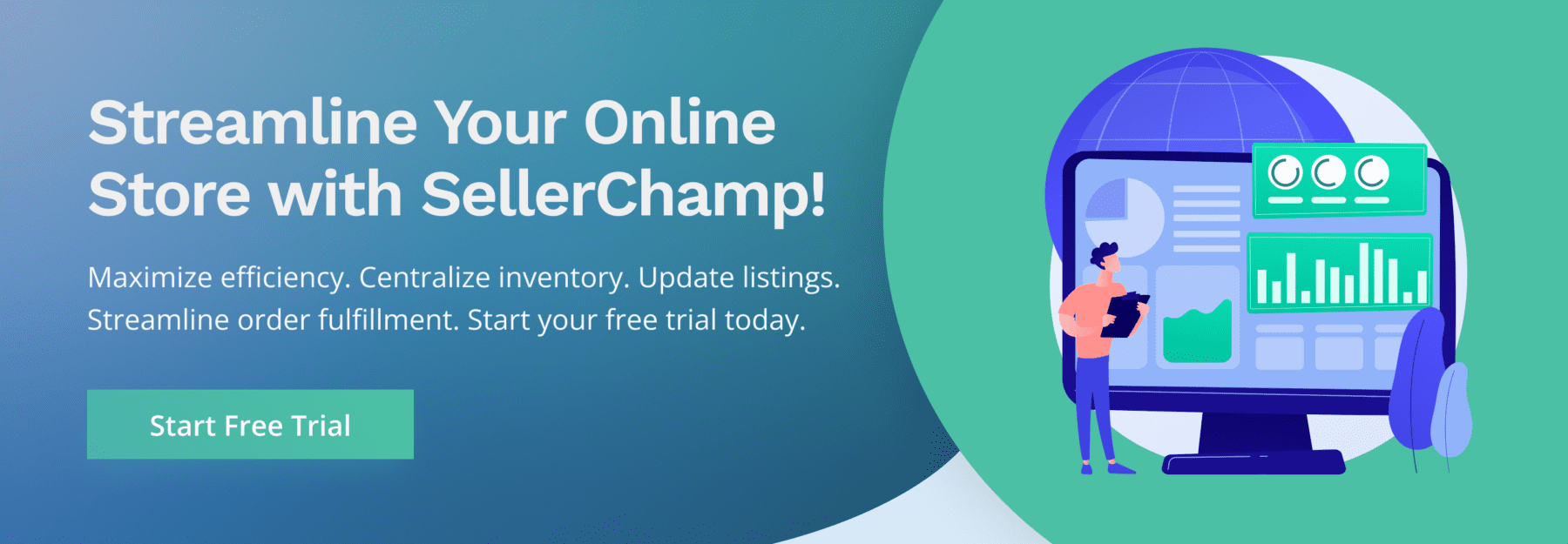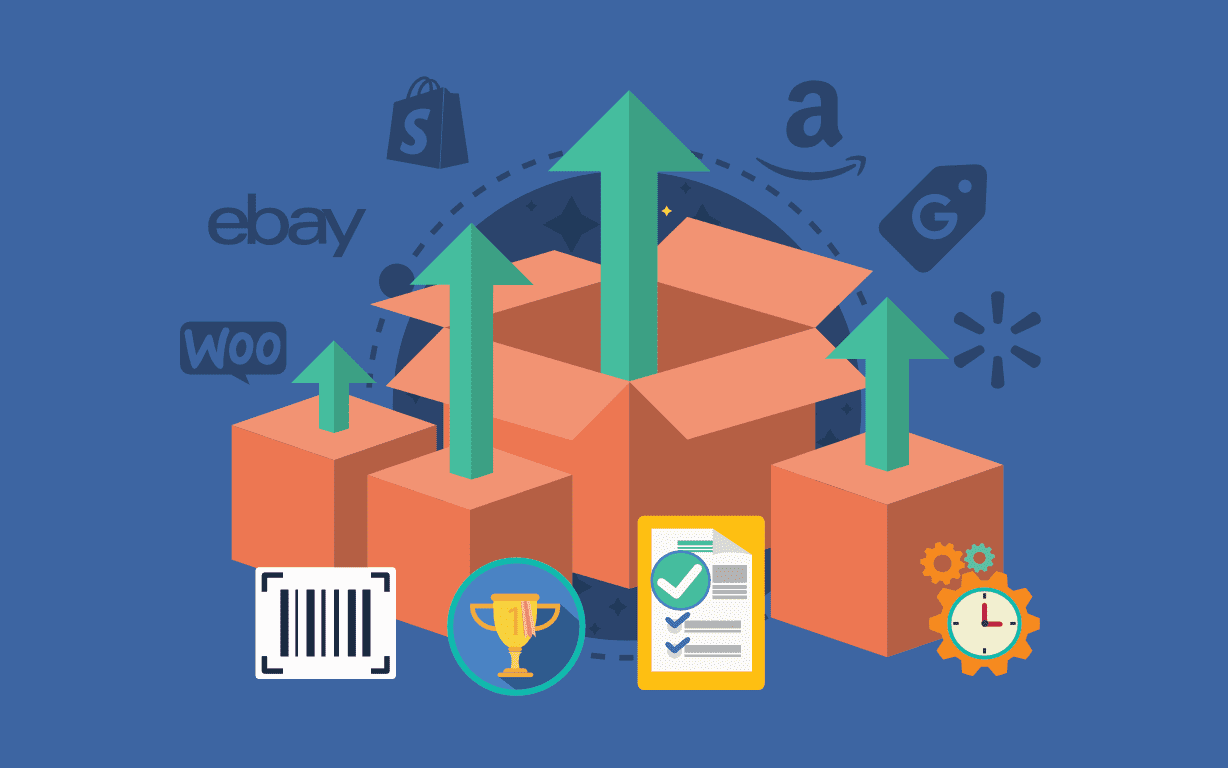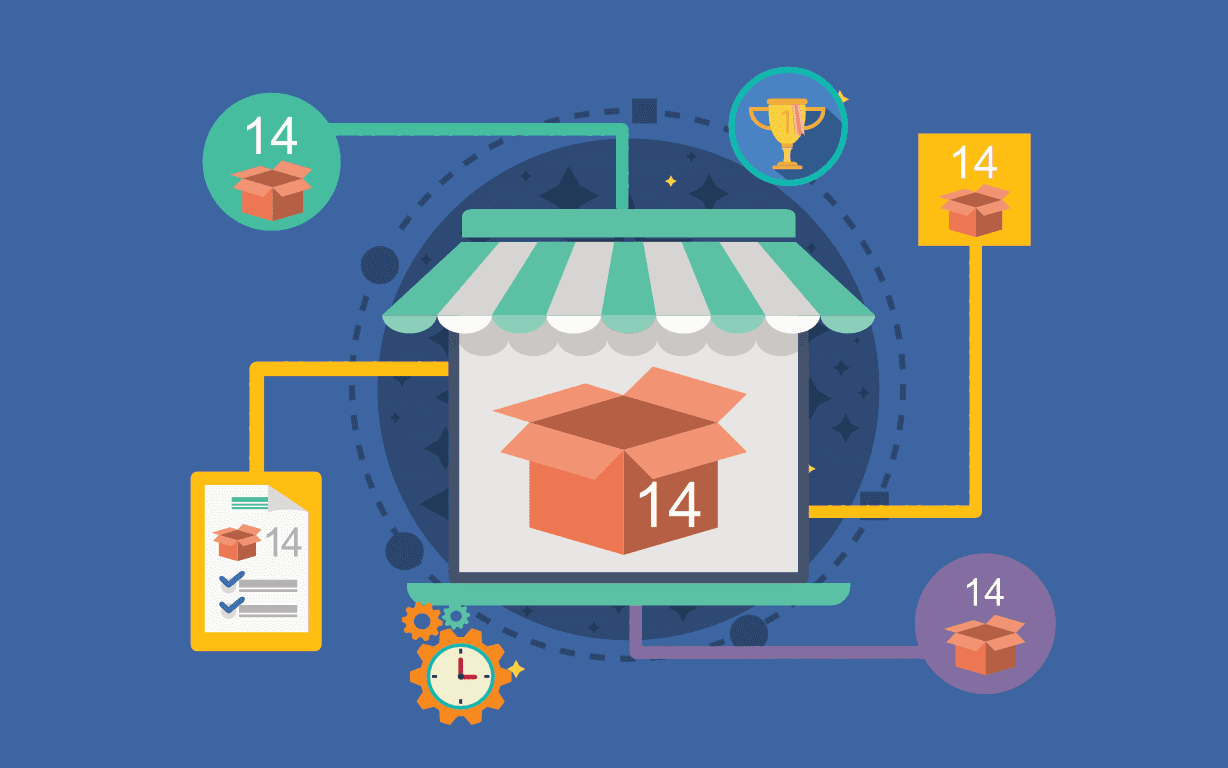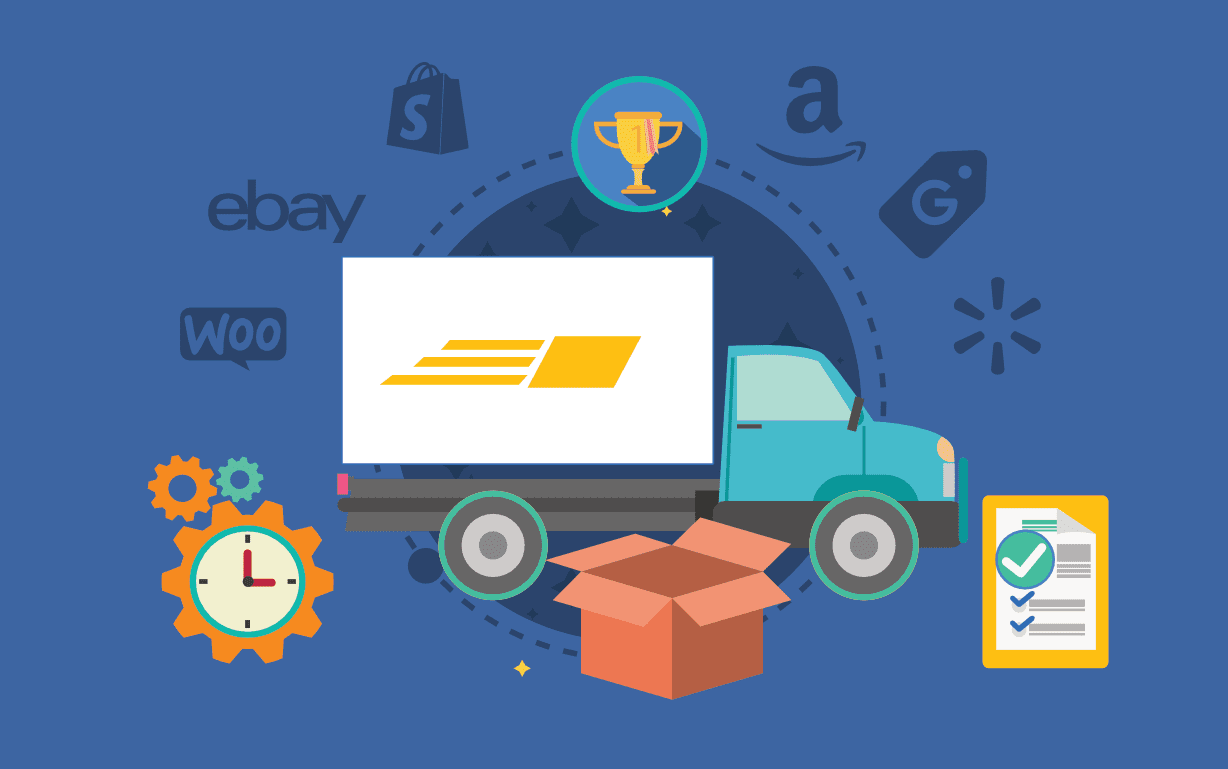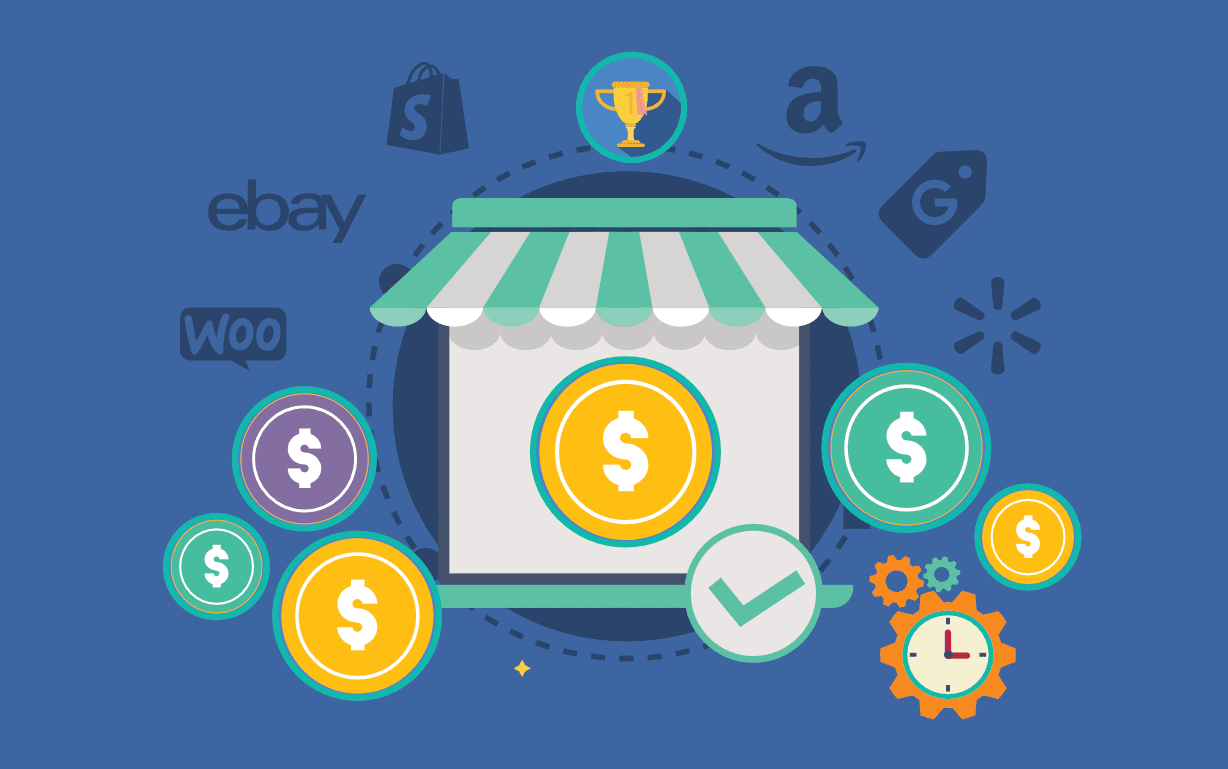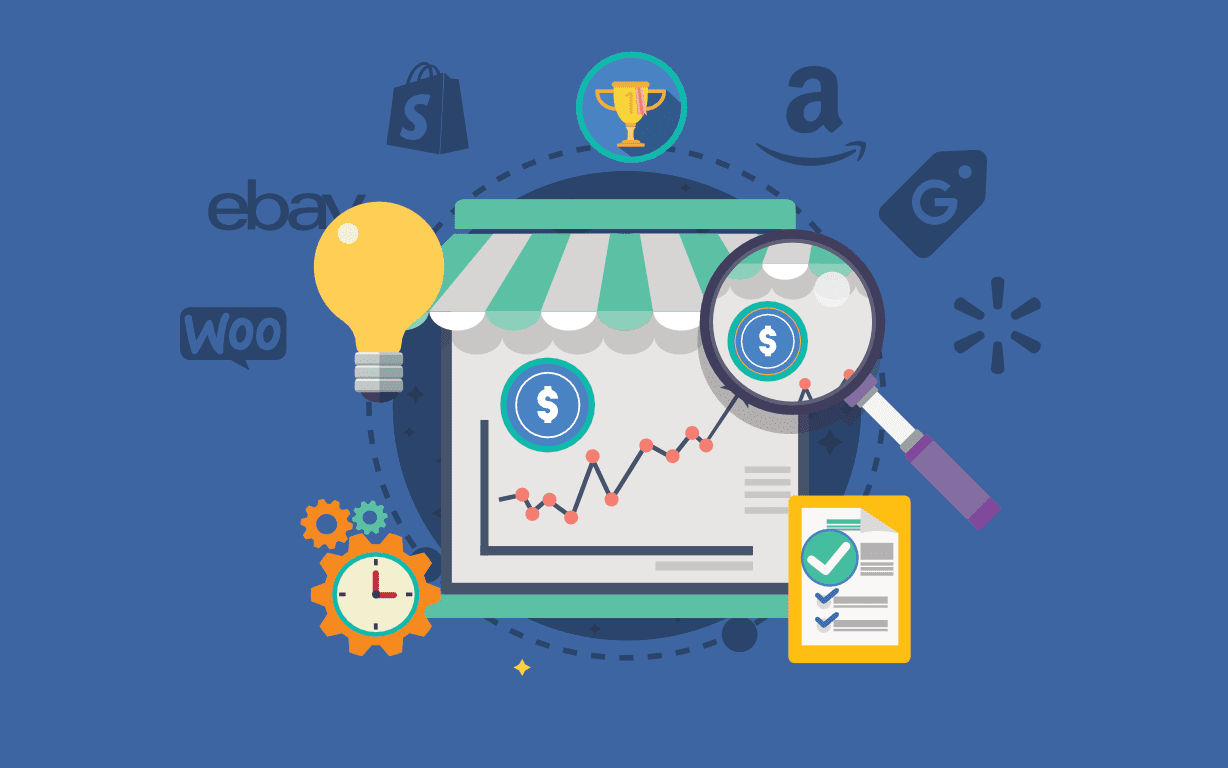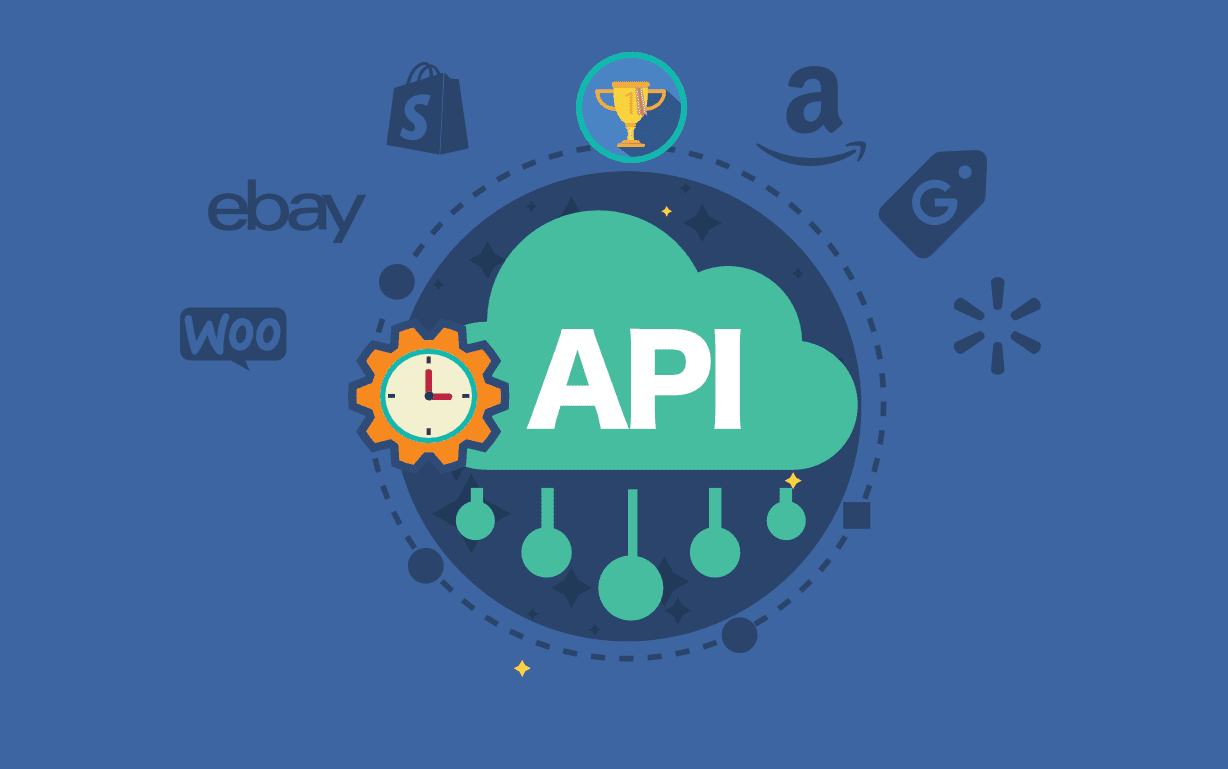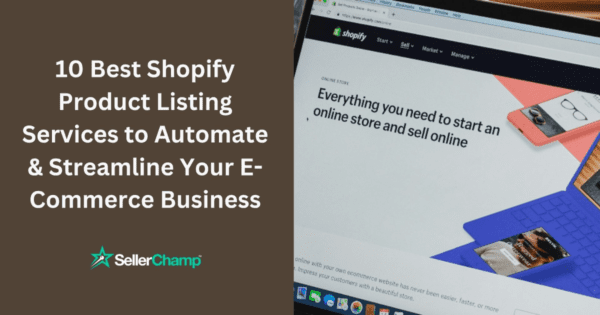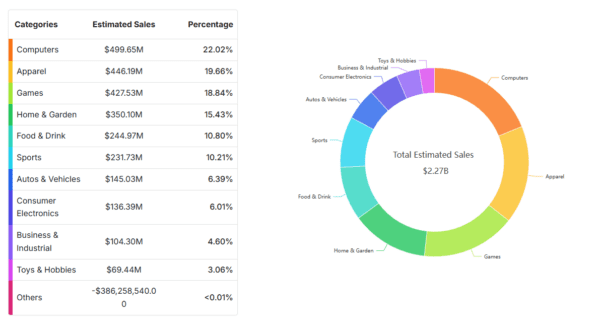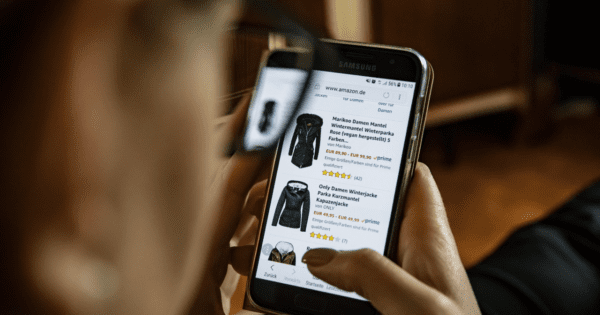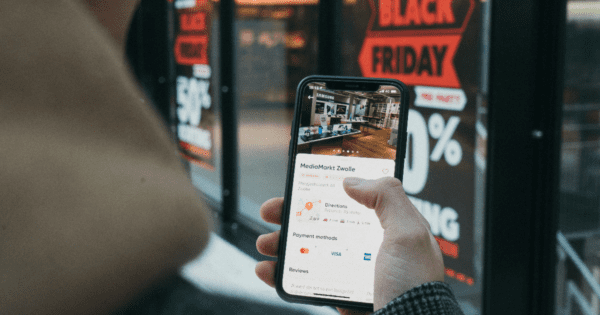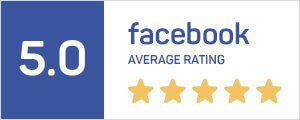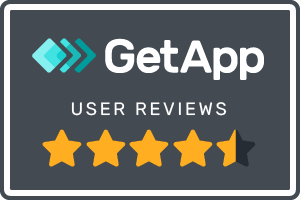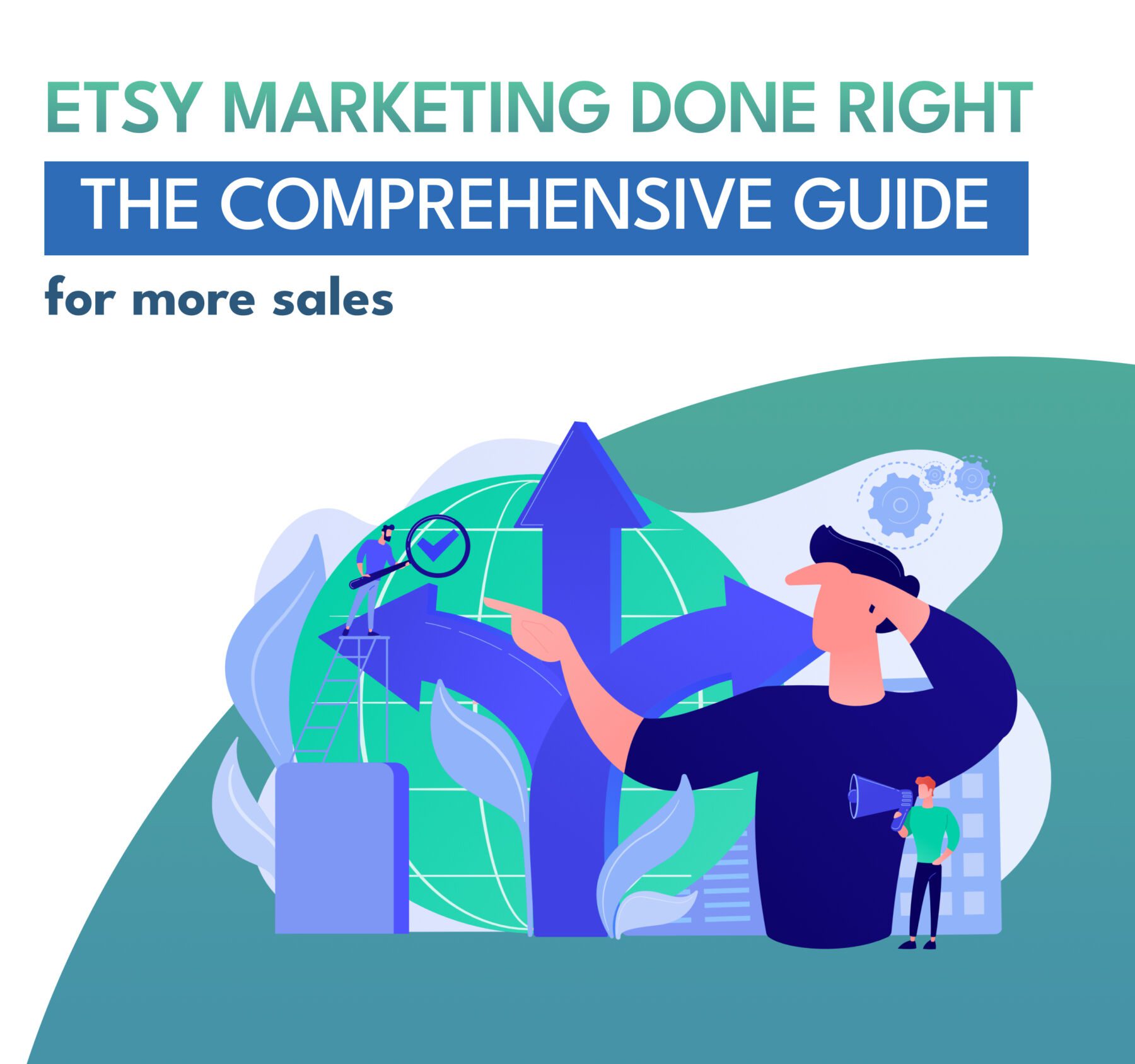
So, you’ve established your business and launched your Etsy store, and your garage is filled with items waiting to be sold. However, there’s a realization that you’re just one of over 2.5 million sellers on Etsy. In order to stand out and grow your business, relying solely on Etsy search results won’t be enough. You need a plan to reach your target buyers with engaging, relevant content that entices them to make a purchase.
The good news is that you don’t need a large budget or extensive experience to succeed in Etsy marketing. All you need is a deep understanding of your audience and a well-thought-out strategy to reach them with captivating content.
To begin marketing on the most important platforms for Etsy sellers, such as Etsy itself, Pinterest, Facebook, and Instagram, here’s what you need to know:
Before venturing into social media, it’s crucial to optimize your presence on the Etsy platform itself. Etsy receives millions of monthly visits from shoppers actively seeking unique handmade products like yours. There are two primary ways to reach these shoppers: search engine optimization (SEO) and advertising.
Etsy SEO
While other marketing strategies mentioned later in this article may be optional, Etsy SEO is not.
To capture traffic from searches conducted on Etsy, you must ensure that your product listings are easily discoverable. This involves two steps:
Optimize your listings for query matching: During this stage of the search process, Etsy matches a shopper’s search to relevant products. It requires structuring your listing title, tags, categories, and product attributes around specific keywords.
To maximize visibility, it’s important to use a variety of keywords that cover different search terms. For example, if a shopper is looking for a gift for a cat-loving friend, they might have a specific product in mind, such as a personalized cat mug. However, they might also be browsing for ideas. By including a range of relevant keywords in your title and tags, your listing can appear in both types of searches.
Choosing the right keywords involves a combination of empathy and analysis. Put yourself in your buyer’s shoes and consider what would drive them to your product. Additionally, look at data to identify the terms people commonly use when searching for products similar to yours. There are several Etsy keyword research tools available to assist you in this process.
Focus on ranking: Etsy determines the order in which products are displayed. Listings with keywords that closely match the shopper’s search query are considered more relevant and receive priority. Etsy also assigns a quality score to each listing based on its purchase frequency. The aim is to ensure that top-ranked listings meet buyers’ expectations. If a listing has a high number of people leaving without making a purchase, it indicates unmet expectations.
- Apart from keyword selection and conversion rates, there are additional steps you can take to improve your search ranking:
Prioritize receiving positive reviews for your store. This demonstrates to Etsy that your product satisfies buyers. - Be competitive with your shipping prices. While not everyone can offer free shipping, the cost of shipping does impact search rankings.
- Occasionally update and relist your products. Etsy gives a slight boost to recent products. Since reviews are associated with your store rather than individual listings, relisting products can temporarily improve search rankings.
These efforts require time and dedication, but they pay off in the long run. However, if you’re seeking immediate results, Etsy advertising is an option worth considering.
Etsy Paid advertising
Etsy offers two advertising programs to help you reach potential buyers. The first and most effective program is Etsy Ads.
Etsy Ads increase the visibility of your products by featuring them in search results, on category pages, and at the bottom of other product pages. Even if your products don’t naturally rank high in search, you can jump to the forefront and display your products first through these ads.
The placement of your products depends on the amount you’re willing to spend. Etsy Ads operate on a cost-per-click basis, meaning you pay whenever someone clicks on your ad. However, unlike other advertising platforms, you don’t directly control the cost per click.
Instead, you set a daily budget that determines your ad spending for the day. Etsy’s algorithm considers this budget when determining where to display your ads.
Each time a relevant search is made, Etsy conducts an auction among all relevant advertisers. Your automated bid will be as competitive as possible while staying within your budgetary constraints. For instance, if your daily budget is $3, Etsy won’t allow you to spend $1 on a single click. The highest bids secure the best positions, so sellers with larger daily budgets tend to win top slots more frequently.
However, Etsy also takes listing quality into account. If your listings have a strong quality score, with optimized data and positive reviews, you may not have to spend as much as sellers with lower-quality listings to be competitive in the advertising auction.
Setting up your Etsy ad campaign is a straightforward process that involves considering two factors:
- Daily budget: This represents the maximum amount you’re willing to spend on ads. Etsy’s algorithm ensures that your spending doesn’t exceed this budget and automatically turns off advertising once the cap is reached.
- Targeted listings: You can choose one or multiple products to advertise. The selection depends on your preferences.
When starting out, Etsy recommends running a campaign that targets all your products with a daily budget of $3 to $5. This duration allows Etsy’s algorithm to process your data, conduct experiments, and optimize your advertising strategy.
After the initial period, you can experiment with your budget and product targets. Regularly review your ad performance to identify what works best for you. Although Etsy doesn’t offer extensive control over advertising, you can utilize metrics such as orders from ads to determine which products are worth promoting.
Additionally, Etsy has introduced the Offsite Ads program, which functions as an ad-listing service. Through this program, Etsy advertises your products on external platforms such as Google, Facebook, Instagram, Pinterest, and Bing. Etsy manages the listing and advertising costs on your behalf, and you only pay when a purchase is made.
This program offers the benefits of exposure through advertising without the risk associated with pay-per-click ads on external platforms. However, be aware that if your store generates less than $10,000 in annual revenue, you’ll need to pay Etsy a finder’s fee of 15% for each sale (12% for stores making more than $10,000).
Enrollment in the Offsite Ads program is automatic for all sellers unless you choose to opt out in your store settings. (Note that sellers earning over $10,000 annually currently cannot opt out of the program.)
Before you begin advertising, ensure that your listings are optimized for conversions. A high-quality listing will help you make the most of your ads and increase their effectiveness.
Pinterest Paid Advertising
To maximize your presence on Pinterest and drive more traffic to your Etsy store, consider running advertising campaigns on the platform. While organic traffic on Pinterest can be hit-or-miss, paid advertising allows you to target users based on their interests and search keywords, and you only pay when users take meaningful actions.
There are three main campaign objectives that are relevant to Etsy sellers:
Brand awareness: This objective focuses on exposing your brand to a wider audience. You’ll pay a price (determined by you) for every 1,000 impressions (CPM) your ad receives.
Traffic: If your goal is to drive visits to your Etsy listing, optimize your ads for clicks. Set a cost-per-click (CPC) bid to determine how much you pay each time someone clicks through to your website from an ad.
Conversions: If your ultimate goal is to drive sales, choose the conversions objective. You’ll need to ensure that Pinterest can track conversion actions, and you’ll pay based on the cost per action (CPA) when a conversion takes place.
Once you’ve set your campaign objective, create an ad group to define your target audience, bids, and budgets. Pinterest offers seven different targeting options, allowing you to build a custom audience based on demographics, interests, keywords, and more.
Set your maximum bid, which determines how much you’re willing to pay for a specific action. The bid depends on your campaign objective. For example, if you choose the traffic objective, your maximum bid will indicate how much you’re willing to spend on a single click. Note that you’ll only pay what is necessary to win the ad auction, up to the maximum amount you set.
To control your advertising spending, set a daily budget that caps your expenses. This ensures you don’t exceed a certain amount per day. Adjust your daily budget based on the performance of your ads and the frequency at which your high-performing ads reach the budget limit.
Finally, create your promoted Pins, which are ads pulled from your existing Pins. Make sure you have eye-catching and compelling ad creative ready to go. While advanced ad formats are available, the default Promoted Pin format is suitable for most Etsy sellers. Use your ad-targeting options and creative abilities to inspire shoppers, align with their aesthetic preferences, and provide something they will love.
For more detailed information on Pinterest advertising and how to set up your own campaign, consult the guide to getting started.
Etsy Marketing on Facebook
While Instagram is an ideal platform for Etsy marketing, Facebook, as its parent company, presents additional challenges for organic reach. Organic reach for business pages on Facebook has been declining, making paid advertising options more valuable for Etsy sellers.
Facebook Advertising offers a large audience and detailed targeting options while remaining beginner-friendly. It allows you to run laser-targeted ads tailored to your ideal buyers within your budget constraints.
When launching a Facebook ad campaign, start by setting an objective. This helps Facebook’s algorithm optimize your ad budget. There are three categories of objectives available:
Awareness campaigns: These campaigns focus on promoting visibility and exposure for your brand without necessarily driving direct traffic.
Consideration campaigns: The goal is to encourage people to engage with your brand through actions like interacting with your Facebook posts, reaching out on Facebook Messenger, or visiting your website.
Conversion campaigns: These campaigns feature products and specific calls-to-action to drive direct sales from your ads. For Etsy sellers, conversion campaigns are often the best option, providing the most direct return on investment (ROI).
Once you have determined your objective, you can begin creating ad sets on Facebook. This involves defining your target audience, selecting ad placements, and setting your budget. Facebook provides a user-friendly process to guide you through this.
Keep in mind that defining your audience is crucial for a successful ad campaign. Facebook offers a range of targeting options, so take advantage of them and provide as much detail as possible.
For your audience, you will need to provide basic information such as location, age, gender, and language. However, the real power lies in detailed targeting options, which fall into three categories:
Demographics: This covers various aspects like relationship status, income, political affiliation, and education level.
Interests: This category uses data from liked pages and online interactions to identify users’ hobbies, activities, and preferences.
Behaviors: This category focuses on purchase patterns and intent, allowing you to target people more likely to make a purchase.
You can include as many or as few of these detailed targeting options as you want. Adding more options narrows your ad exposure, but it also leads to a more qualified audience that is more likely to make a purchase.
Once your audience is set up, you need to choose your ad placements. You can select Facebook and Instagram for showing your ads. It is recommended to create a separate ad set for Instagram ads to monitor and optimize their performance effectively.
Next, you need to inform Facebook how to optimize ad delivery. This is different from your campaign objective. You specify to Facebook’s algorithm what you want to achieve with this campaign, such as conversions, impressions, clicks, etc. The algorithm will then optimize your ad set accordingly based on the gathered data.
Lastly, set your daily budget, which indicates how much money Facebook can spend on your ads on average each day. Keep in mind that Facebook may spend up to 25% more than your daily budget on a given day, unless you set cost controls. As Facebook does not allow setting exact bids for targets, your daily budget is the primary means to increase your ad campaign’s traction.
Once you have created your ad set, you can proceed to create your Facebook ads. Facebook offers various ad formats similar to Instagram, designed to appear native within Facebook’s interface. Experimentation and creativity are key to finding the ad types that work best for your business.
Facebook Groups and Etsy
Facebook groups have gained popularity as an organic marketing strategy for small businesses. These groups revolve around common interests or communities and provide a space for people to engage with each other or with their favorite brands. While Facebook’s algorithm has made organic reach challenging for business pages, groups offer an opportunity to build relationships with existing customers or those familiar with your brand. Many businesses use Facebook groups as exclusive communities for customers, allowing them to connect with like-minded individuals and access special content and promotions.
When planning a Facebook group, consider your customers’ interests and how they align with your product. For example, if you sell knitting patterns on Etsy, you could create a group for knitting enthusiasts to share projects and techniques. You can have weekly posts promoting a “project of the week” and leverage Facebook Live events to teach knitting skills. The goal is to build a unique community that fosters a sense of connection with your brand.
Instagram marketing
Instagram is an ideal platform for marketing Etsy products due to its visual and interactive nature. It has an active community of shoppers, with 60% of people being engaged shoppers. Begin by setting up an Instagram business account, as it provides access to analytics and features not available with a personal account.
When creating your profile, ensure it looks professional. Use your store logo instead of a personal picture, and make your account description clear about the products you sell. While not necessary, a verified badge can enhance trust.
In your bio, include a link to your Etsy store. If you have additional content or want to highlight specific products, consider using a “link in bio” tool to turn your Instagram bio link into a directory of important content.
Once your account is set up, it’s time to focus on creating engaging organic content. The goal is to capture the attention of your target audience with visually appealing images, an authentic brand, and captions that encourage interaction. Your content should contribute to a consistent brand aesthetic, helping you stand out from other Instagram content.
To ensure your Instagram content reaches the right audience, develop a hashtag strategy. Instagram users often follow hashtags related to their interests, and using relevant hashtags in your posts can help your content appear in their feeds. Research and understand the science and strategy behind hashtags on Instagram to maximize their effectiveness.
Engaging captions are crucial for generating comments, discussions, and a sense of community around your brand. Encourage opinions and feedback from your audience to make them feel involved in your process. Additionally, consider posting behind-the-scenes content, especially videos, to provide a glimpse into your creative process and foster a stronger connection with your followers. Posting thoughts on topics related to your customers’ interests, beyond just your products, can also drive engagement.
It’s essential to vary your content and strike a balance between product showcase posts and community-building posts. Pay attention to what resonates most with your audience and adjust your content mix accordingly.
To make your Instagram posts shoppable, set up shoppable posts. This feature allows you to highlight products in your regular posts, including pricing details and direct links to your product pages. Shoppable posts are recognizable on your profile with a shopping bag icon, and followers can explore your products and continue their purchase journey directly on Instagram.
Setting up shoppable posts requires creating a product catalog through Facebook Business Manager and linking it to your Instagram account. While it may require some initial effort, it streamlines the customer journey between Instagram and Etsy.
In addition to shoppable posts and engaging content, you can leverage Instagram Stories, Instagram Live, and influencer partnerships to reach your audience. Explore resources and guides on utilizing these features effectively.
Paid advertising on Instagram provides another avenue to drive sales and build brand recognition. Since Instagram ads are run through the Facebook Advertising platform, you can create campaigns for Instagram using the same process. Design your ads strategically, paying attention to the visual aspect since Instagram is a visually driven platform.
There are four main ad types available on Instagram: photo ads, carousel ads, Stories ads, and video ads. Experiment with each ad format to identify what drives the most engagement and revenue for your Etsy business. It’s important to monitor interactions and metrics to understand your customers’ preferences and adjust your approach accordingly.
Concluding thoughts
Listening to your customers and making connections with them is crucial for successful Etsy marketing. Pay attention to comments, likes, and advertising metrics to gather insights about your customers’ preferences and desires. Continuously iterate and refine your marketing strategy based on customer feedback and engagement.
By following these steps and consistently creating, listening, revising, and repeating, you can build a successful Etsy marketing strategy on Instagram and other social media platforms.


